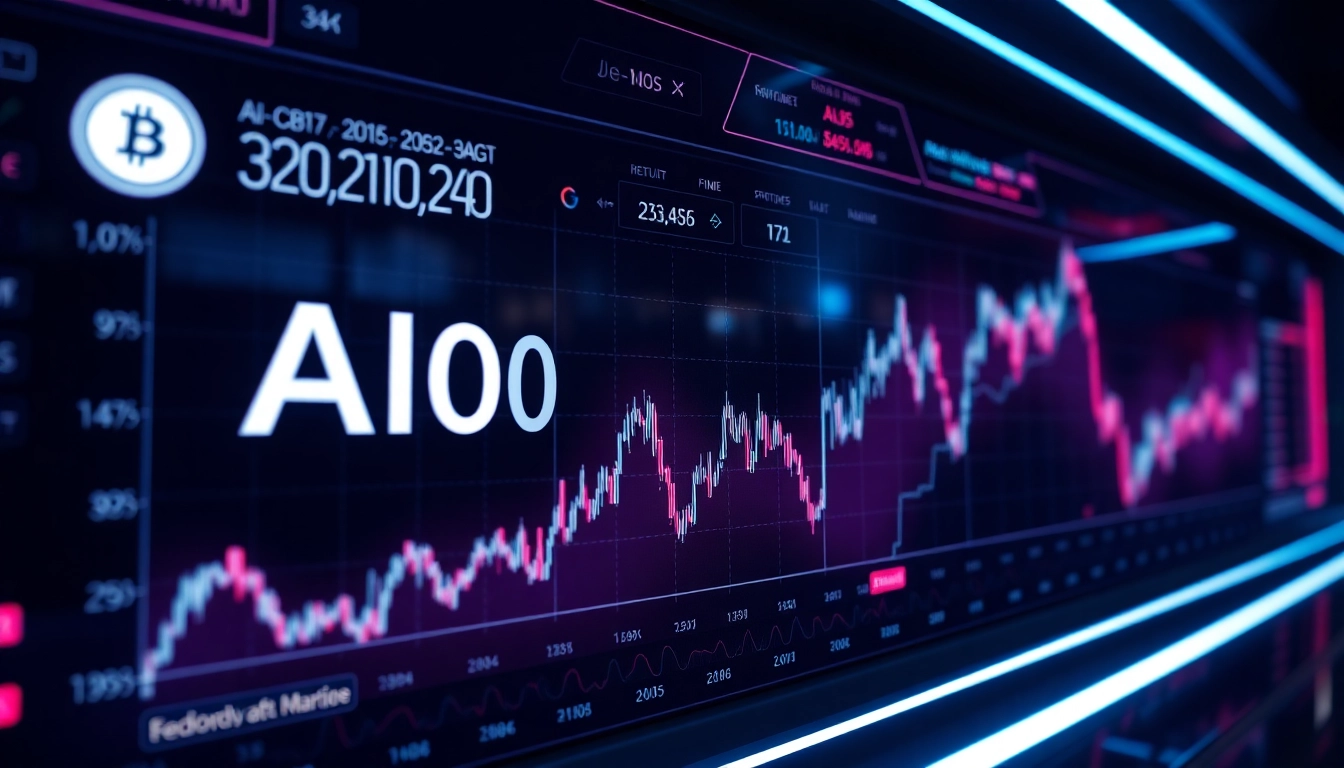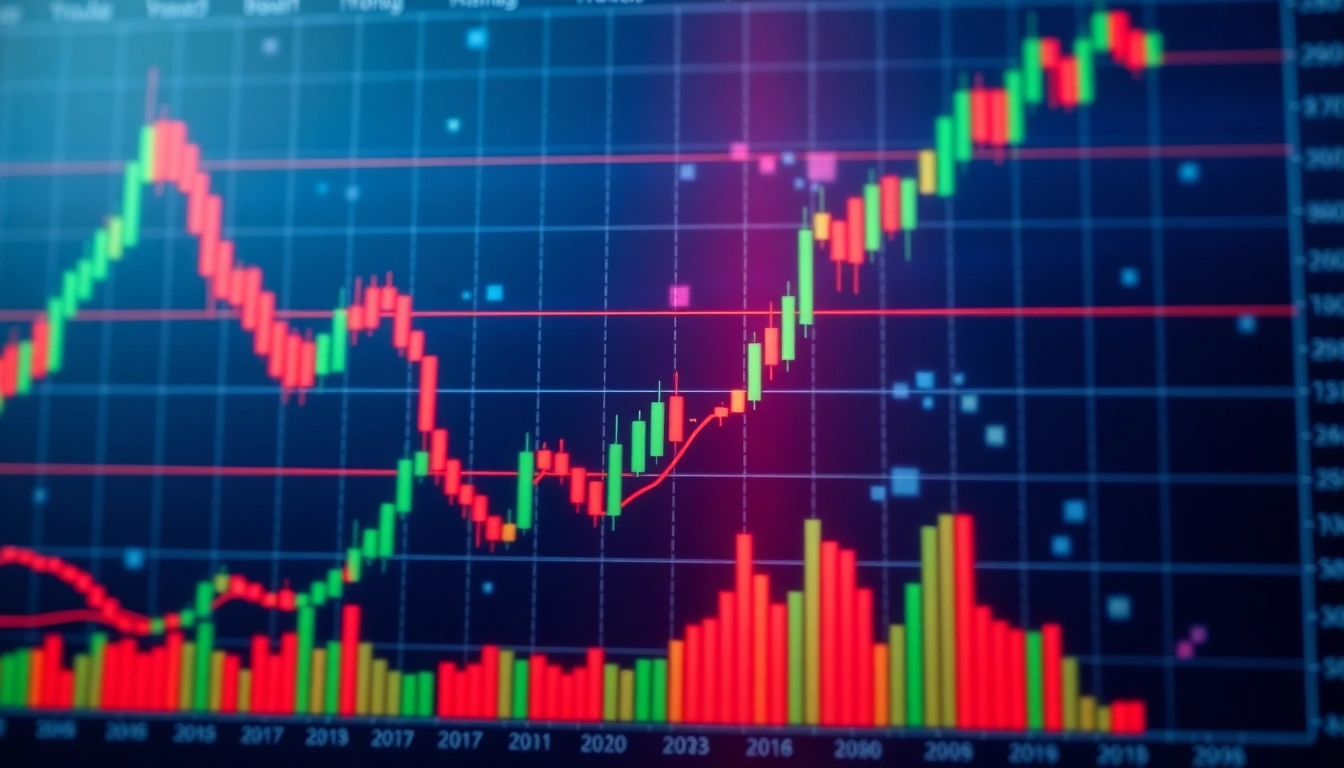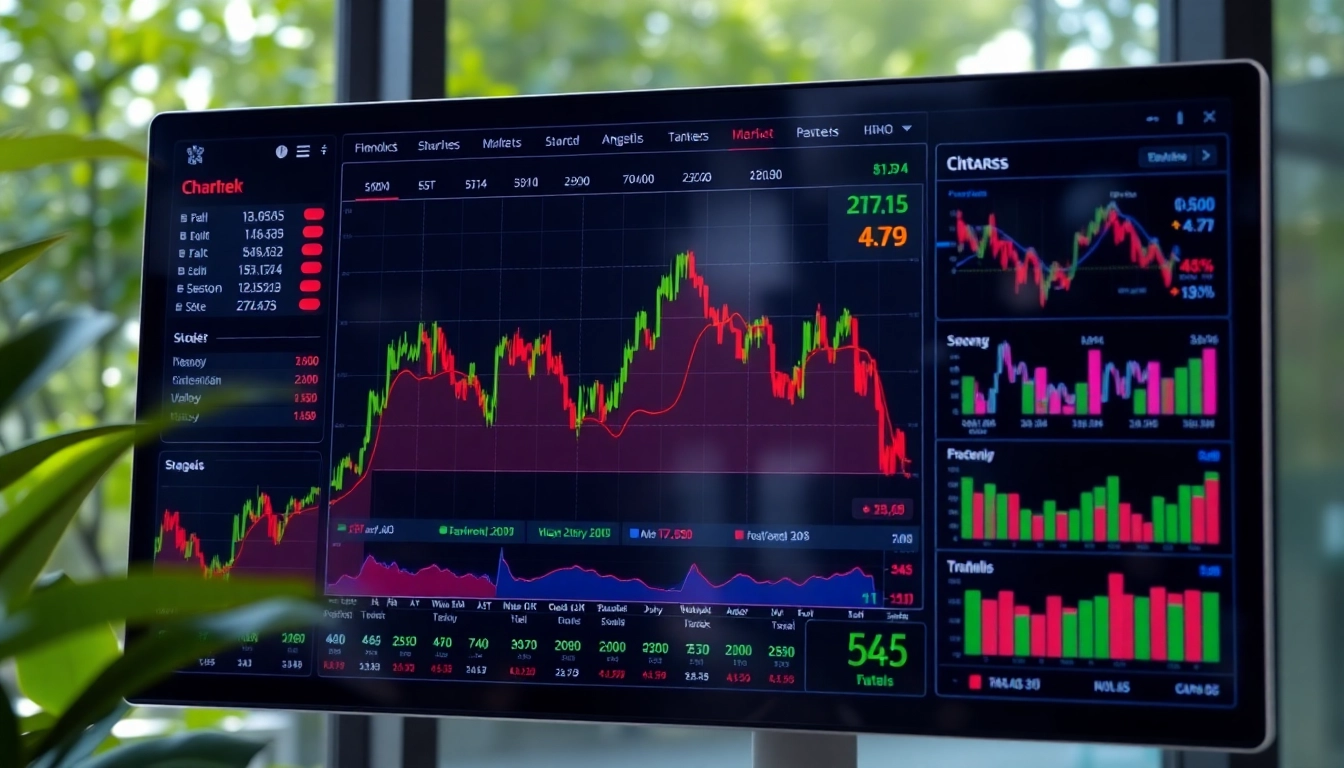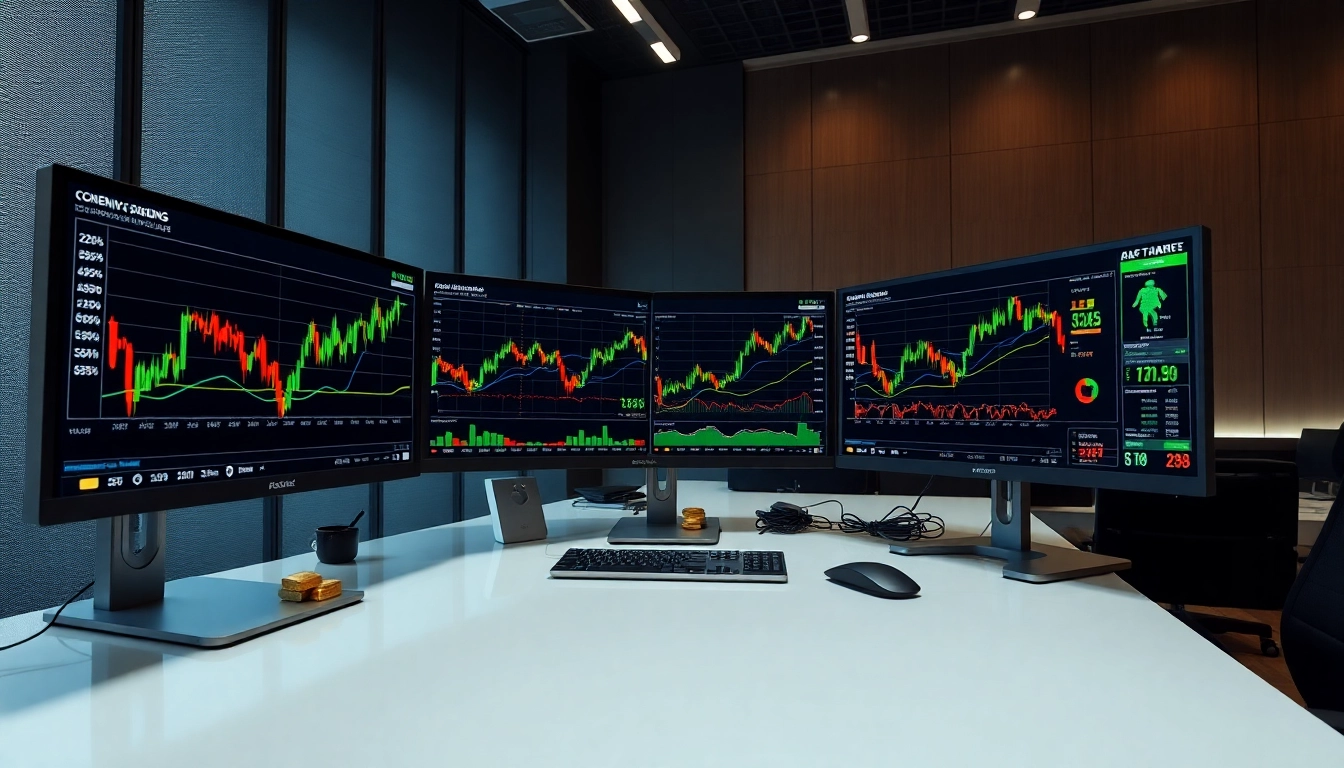Introduction to Binance’s Resumption of Futures Trading
The cryptocurrency industry is no stranger to unexpected disruptions, but when Binance, the world’s largest crypto exchange by trading volume, announced the resumption of its futures trading platform following a significant outage, it sent ripples across the market. This incident sparked widespread debate around whether the halt was due to technical glitches or a strategic move by Binance to influence market sentiment. It is crucial for traders and investors to understand the context of such events, how they influence market dynamics, and what the future holds for Bitcoin and other cryptocurrencies in light of these developments.
For more insights into how bitcoin continues to shape financial markets, it’s essential to analyze industry responses and regulatory considerations.
Background on the recent outage and trading halt
Recently, Binance experienced a sudden outage that temporarily halted futures trading—a core component for high-frequency traders and institutional investors. While outages are not entirely unprecedented in the crypto realm, the swift halt followed by a quick relaunch raised eyebrows. Binance cited technical issues stemming from a system glitch, but some industry observers ponder whether there was a strategic motive behind the timing and manner of the resumption. The outage disrupted liquidity pools and left many traders facing unexpected exposure, highlighting the fragility and interconnectedness of crypto trading infrastructure.
Overview of Binance’s current market position
Binance commands a dominant market share, with a diversified portfolio that includes spot trading, futures, staking, and DeFi services. Its swift recovery from the outage and prompt resumption of futures trading underscore its resilience and commitment to maintaining market leadership. The exchange’s ability to swiftly restore services and reassure traders is a testament to its robust technical infrastructure, but it also signals the underlying tensions in managing large-scale digital asset platforms amid intense regulatory scrutiny and cybersecurity threats.
Implications for traders and investors
For traders, the outage represented a wake-up call to the vulnerabilities inherent in centralized exchanges. During the outage window, market prices shifted rapidly, exposing traders to increased risk, especially in highly volatile environments like Bitcoin futures. Post-resumption, strategies and risk management practices need adjustment to cope with potential outages or sudden market swings. Investors are also scrutinizing Binance’s risk mitigation measures, trustworthiness, and compliance standing, knowing that such incidents can have material impacts on their portfolios.
Analyzing the Glitch: Was It a Technical Fault or a Strategic Play?
Distinguishing technical errors from market strategies
At the core of the outage debate lies whether it was merely a technical failure or a calculated move. Technical glitches are often caused by software bugs, overloads, or cyberattacks, and are generally unintentional. Conversely, strategic delays can be employed to influence prices, manage liquidity, or implement market manipulations. Analyzing Binance’s actions involves scrutiny of timing, communication patterns, and market conditions to identify whether the outage served a mere technical necessity or a calculated maneuver.
Potential motives behind halting and then resuming futures trading
Several motives could underpin Binance’s decision to halt and then resume futures trading. These include technical upgrades, risk mitigation in turbulent markets, or attempts to stabilize prices after abrupt fluctuations. Sometimes, outages serve as a cooling-off period during rapid price surges, thereby curbing panic selling. Moreover, strategic pauses could enable Binance to gather liquidity, address security flaws, or prepare for regulatory compliance adjustments. Industry insiders also hypothesize that outages can create buying opportunities or manage trader sentiment in subtle ways.
Impact of outage on user trust and Binance’s reputation
While Binance’s quick recovery helps restore confidence, frequent outages or opacity regarding incident causes threaten long-term trust. Traders demand transparency and assurance of platform stability, especially amidst rising institutional involvement. Any perceived manipulation or security lapses could invite regulatory scrutiny and damage Binance’s reputation, emphasizing the importance of proactive communication, robust backup systems, and transparent incident reporting.
The Risks and Rewards of Restarting Binance Bitcoin Futures
Market volatility and liquidity considerations
The reactivation of futures trading inevitably influences market volatility. During outages, liquidity often diminishes, leading to wider spreads and increased price swings once trading resumes. This heightened volatility risks significant losses for traders unprepared for rapid movements. Conversely, a swift restart can rejuvenate trading activity, re-establishing liquidity pools and sharpening price discovery mechanisms. Observing Bitcoin, the flagship cryptocurrency, its price often reacts sharply to such events, reflecting broader market sentiment and investor confidence.
How traders can manage risk post-resumption
Effective risk management becomes paramount during high-volatility periods following a platform restart. Traders should utilize stop-loss and take-profit orders, position sizing strategies, and diversify their holdings to mitigate exposure. Employing technical analysis helps identify support and resistance levels, enabling better timing for entries and exits. Additionally, traders must stay informed about platform updates, regulatory changes, and market sentiment to anticipate potential disruptions better.
Historical comparison: past outages and recoveries in crypto exchanges
Comparing Binance’s outage with historical incidents from other platforms reveals patterns and lessons. For example, Coinbase’s 2017 outage and Bitfinex’s security breach underscored the importance of infrastructure resilience. Successful recoveries often involve transparent communication, improved security measures, and market stabilization strategies. These events serve as benchmarks, illustrating how swift and clear responses can mitigate reputational damage and foster investor confidence in future resilience.
How to Navigate Futures Markets During High-Volatility Events
Best practices for traders facing sudden market shifts
During times of high volatility, traders should prioritize liquidity management and maintain composure. Preparing for sudden price swings involves setting realistic profit targets and employing trailing stops to lock in gains while allowing room for market movements. Monitoring news flows, regulatory updates, and platform announcements helps anticipate potential disruptions. Diversification across different asset classes and derivatives can also reduce overall risk exposure.
Tools and strategies for effective risk management in crypto futures
Advanced traders leverage tools like volatility indices, order book analysis, and algorithmic trading bots to adapt quickly during turbulent periods. Technical indicators such as Bollinger Bands, RSI, and MACD assist in timing trades during unpredictable market conditions. Building a contingency plan, including predefined exit points and risk thresholds, ensures disciplined trading even amidst chaos.
Using technical analysis to predict Bitcoin price movements
Technical analysis remains essential in anticipating Bitcoin’s reactions to market shocks. Patterns like head and shoulders, double tops/bottoms, and trendlines provide clues about potential reversals. Volume analysis complements this by indicating the strength of price moves. Integrating these methods enables traders to identify strategic entry and exit points, especially critical during market disturbances following outages or sudden news.
Future Outlook: Binance and the Evolution of Bitcoin Trading
Predicted market trends following Binance’s comeback
Binance’s swift recovery may bolster resilience in the broader crypto ecosystem, encouraging institutional participation. Bitcoin’s price could see renewed upward momentum as confidence restores, though short-term volatility might persist. Industry experts predict that regulatory scrutiny will intensify, leading to more standardized controls on derivatives trading. As the market adapts to these shifts, strategies focusing on long-term growth, such as dollar-cost averaging and decentralized trading platforms, may gain prominence.
Regulatory considerations and industry standards
The outage underscores the critical need for enhanced industry standards, including better risk management protocols, transparency, and cybersecurity measures. Regulators are increasingly scrutinizing major exchanges like Binance, aiming to protect retail investors and ensure market stability. Future licensing, reporting obligations, and technical audits will likely become standard practice, influencing how futures trading evolves.
Investing in Bitcoin futures: long-term strategies versus short-term speculation
The recent outage highlights the importance of aligning strategies with risk tolerances. Long-term investors may view Bitcoin futures as a hedging tool or a means to gain exposure without holding physical assets, while short-term traders might capitalize on volatility swings. Successful navigation demands understanding market fundamentals, technical signals, and regulatory landscapes, emphasizing disciplined strategies over impulsive trades.














